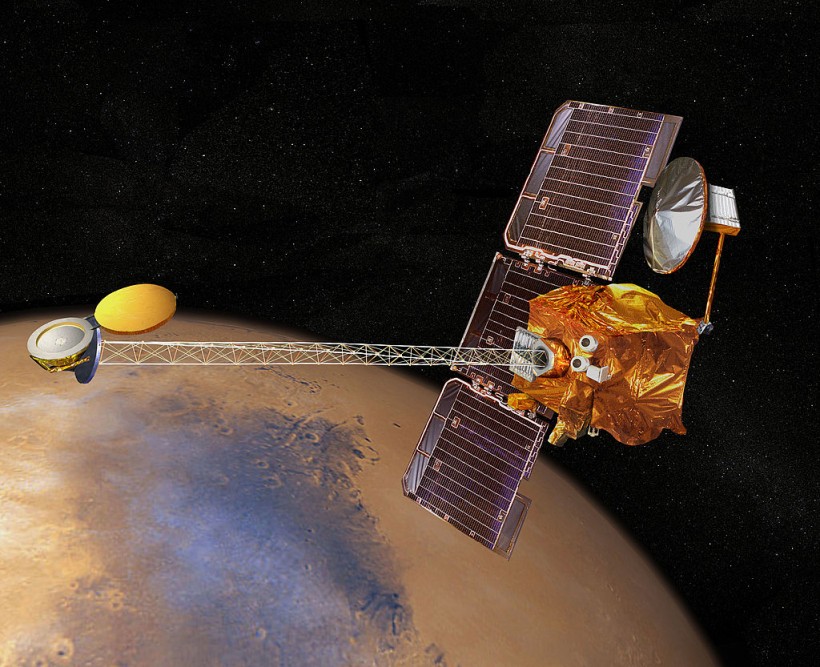Bacteria in Mars can survive for 280 million years and even withstand surface radiation due to cold temperatures provided by underground Martian chill.
This is according to a new study led by researchers from Maryland, United States. The research team arrived at their conclusion by proving the Earth bacterium Deinococcus radodurans can withstand radiation and temperatures similar the Red Planet.
The study came shortly after separate research showed that ancient underground microbes ended life on Mars. Although the previous research found no evidence of any intelligent life on Mars, the planet may once have an environment that supported the propagation and survival of microscopic organisms. However, the microbes altered the Marian atmosphere and made the surface inhabitable.
For decades, the astronomers and space enthusiasts have taken a glance at Mars like no other planets in our Solar System. The fourth planet from the Sun has also been on the list of planets for the next human frontier. Due to growing evidence of its ancient bodies of water, which are now locked in ice, Mars has been perceived to be not only a part of space exploration but also a site of human expansion in the future.
Martian Bacteria Survival

There is an existing notion that bacteria or other microscopic organisms could still be living under Mars. Now, the new research published in the journal Astrobiology on Tuesday, October 25, proves life on Mars, even in the simplest forms, is a reality rather than only the stuff of fiction and Hollywood movies.
The research has its premise that, under the Outer Space Treaty of 1967, national space agencies are increasingly expanding their objectives to include Mars exploration not empty-handed but rather coming back with a sample.
The study also aims to implement the treaty's planetary protection measures by understanding the risk of cross-contamination processes during Mars sample return missions.
Also Read: Radiation on Mars Makes Any Signs of Life Likely Buried 6 Feet Under
Earth Bacterium
The key factor for the Martian bacteria survival is the Red Planet's dry and cold environment. Scientists found when the bacteria are frozen to minus 110.2 degrees Fahrenheit (minus 79 degrees Celsius), which is the temperature in dry and high-altitude regions in Mars, D. radiodurans becomes more radiation-resistant.
The findings about the relation between the Earth bacterium and cold Martian-like temperature based on an experiment is according to study author Michael Daly, a radiation biology expert and geneticist from the Uniformed Services University in Maryland, as cited by Live Science.
D. radiodurans has been known for a long time for its long-term survival when it comes to radiation resistance. The bacteria can be found inside the human gut and in other places on Earth. It also had a track record of surviving in the vacuum of space for years.
While several microbes are known for their resistance to radiation, other living creatures like the microscopic eight-legged tardigrades or water bears are also known for surviving extreme temperatures and environment, whether they are hot or cold.
Related Article: Underground Microbes May Have Existed in Ancient Mars [Study]
© 2024 NatureWorldNews.com All rights reserved. Do not reproduce without permission.





